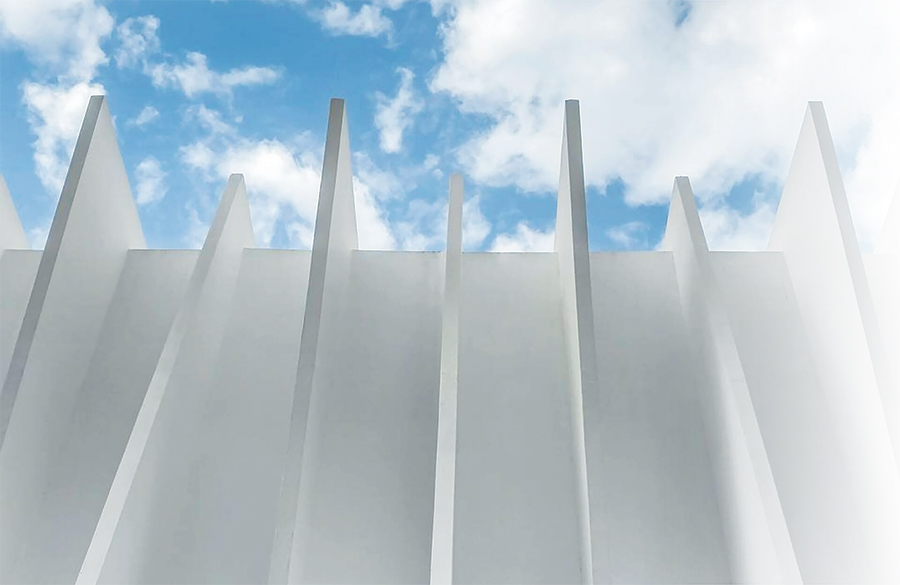
Beyond now, looking wider and further
Vanda Vitali, Ph.D.
The CMA, through our website updates, daily clippings service and social media posts, together with information from our provincial and territorial partners, has been working to bring you important news of immediate relevance. Important in these times of crisis, we’ve sent information about the closing of various museums, staff layoffs, endangered collections and procedures, displays and programs to include when museums might re-open. All of these details to help keep you informed and able to make important decisions for your organizations.
But I wish here to “lower the magnification”, as my scientist-colleagues would say, and examine a possible broader and longer-term context in which museums will be functioning after this pandemic and the changes it has brought.
With this in mind, we began this discussion by conducting a roundtable with emerging museum professionals. There, we addressed the future of museums, mostly in the near-term, but also some aspects of our long-term outlook and you can read more about this event later in this issue.
We know from studying society that there is a general understanding that a crisis accelerates certain trends. Crises exacerbate inequality within a system and they create economic and political dislocation. But they also stimulate innovation and new ways of doing things. Observations of societies after crises demonstrate behavioural modifications: how we live alone or with others, learn, work, share, relate to, and interact with others or groups. There is often a shift from efficiency to resilience; a rethinking of urgency vs. importance; individual vs. collective interests; economic vs. health values; and national vs. global responsibility. All of this to ensure greater robustness of our institutions and protections. While we do not know when our society will return to a new normal, whether or not a vaccine will be found, we know that new ways of doing, acting or being will be crystallized. So, I ask: what will the world of the museums look like when we enter the ‘new normal’ that may follow?
The pandemic has meant that our museums have shifted their way of working to emphasize and deliver content online. With practice, our accelerated learning about various online platforms and ways of communicating will be gained. These forms of communication will continue to permeate the thinking and work of museums, but in a more sophisticated way. We will know how to differentiate which type of communication and programming is best suited for online work. And we will also learn how to complement online learning with peer and social learning in general.
Museums will also push efforts for digitizing collections so that their ability to deliver content will be more diverse and resilient. Digitization will also increase the ability to share collections and decrease the need for preserving multiple examples of artifacts or ecofacts. Increased sharing of information and guidelines across the country will continue as a part of our learning from this current pandemic. The value of working collectively will be enhanced.
But, I believe that the crisis will also emphasize the best parts of what we had and valued the most.
I believe that the emotional and intellectual value of real experiences, and seeing real artifacts, will be greatly enhanced, as will sharing in vivo experiences with friends, family and even strangers in public places. The experience of a museum, be it a building or place, will not be substituted by any virtual tour. And, museums will need to build on their experimentation in order to enhance in-person experience and learning.
The pandemic is providing proof that the most disadvantaged are the most vulnerable. I hope this understanding will lead us to strengthen those with fewer resources and great responsibility, small museums and Indigenous centres. Strong, supported work from these smaller institutions will only strengthen our contributions as a sector.
The persistent focus of this illness on the elderly of our communities will hopefully lead to a renewed appreciation. Elders are a source of knowledge, particularly in Indigenous communities, and need to be protected and respectfully consulted for the knowledge they possess. We can accomplish this by increasing our focus on non-tangible heritage.
More manageable and sustainable infrastructure will be favoured and ambitions for large buildings with huge maintenance costs will need to be rethought. Architects are already thinking of reorganizing large spaces into a series of smaller spaces to increase the efficiency. The parameters of collecting would also be considered, and with it the pruning and sharing of collections could become a necessary practice for museums and their survival.
Most importantly, our sector will need to reorient public policy towards collective security, including preparedness and resilience building in the face of more potential crises. We know that science is warning us about climate change and its consequences for our way of living and working. This is a great time to start considering such issues as well and the time to demand from governments higher effectiveness.
We learned from this crisis that relationship with to nature will need to be reexamined. Not only will our cities create more open spaces and extend walkways and bike lanes, but we will need to consider our relationship to other species and our relationship to the planet as a whole.
I am optimistic about the future of museums. We will come out of the pandemic better informed and better prepared to face new possibilities and adversities together. Together, we will need to insert ourselves into the primary concerns of the Canadian government, building on our reputation, trust and contribution to Canadian citizens.
I invite you to share your thoughts with us at the Canadian Museums Association on how best to construct our long-term future as we go through this period of difficulties. We can be reached through info@museums.ca and look forward to reading your replies.